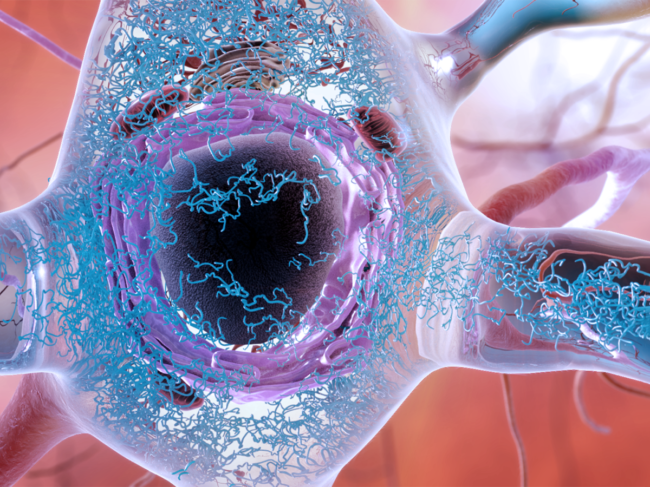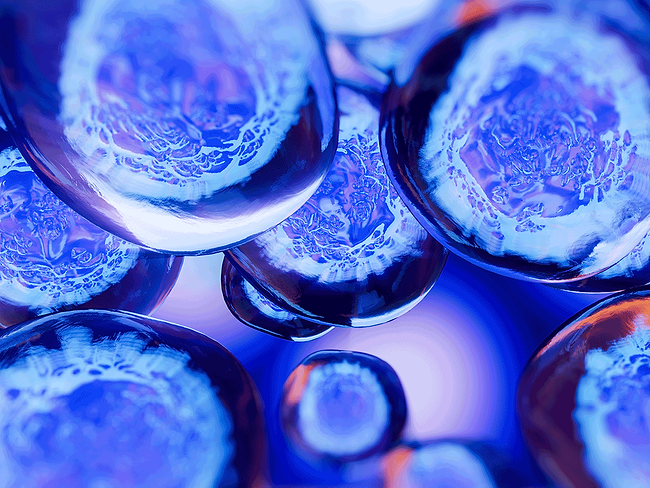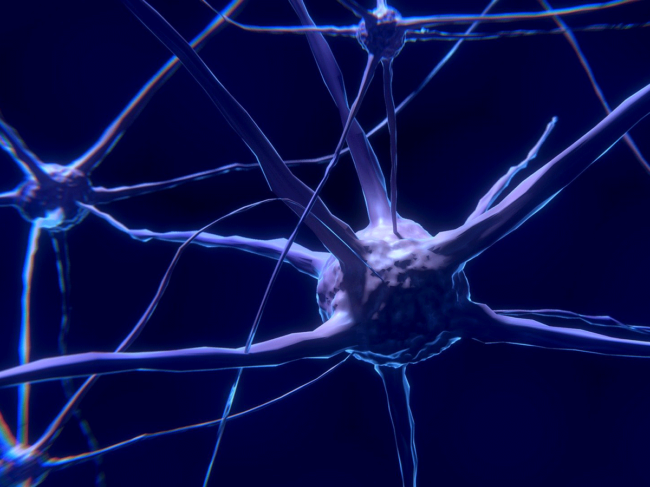
Neurology/psychiatric
Neurology/psychiatric
ISSCR 2024: Expanding niche definition gives insights into stem cells
Read MoreNeurology/psychiatric
University of Copenhagen discovers new PSD-95 inhibitors for neuropathic pain
Read MoreNeurology/psychiatric





